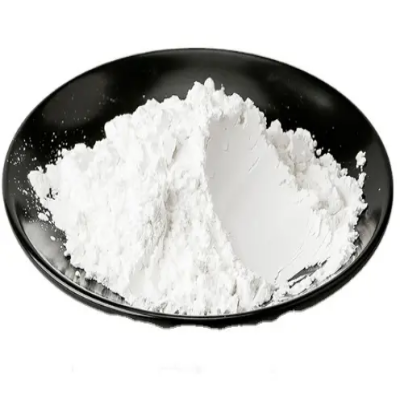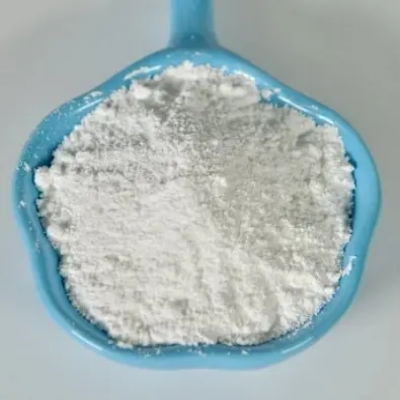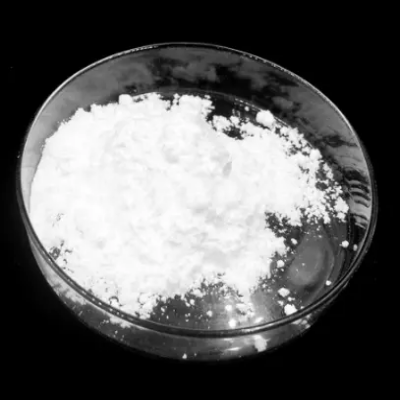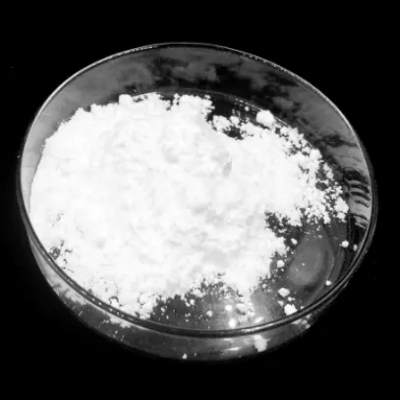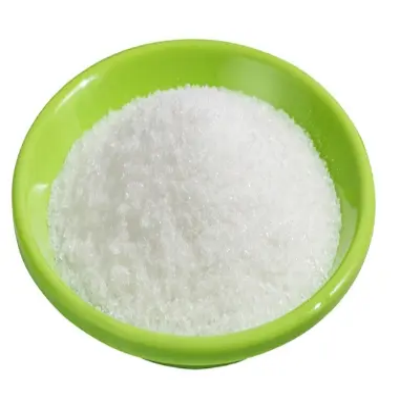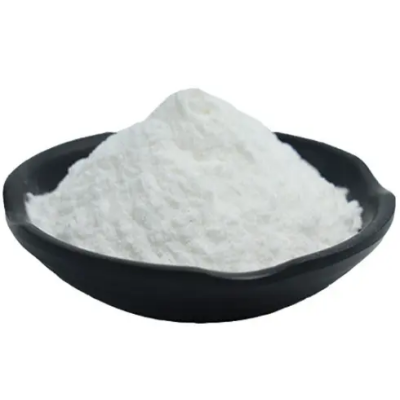5-Chlorouracil CAS:1820-81-1
Chemically, 5-chlorouracil can undergo diverse transformations including N-alkylation, condensation reactions, and cyclization processes, enabling the creation of structurally diverse molecules with potential biological or agrochemical activity. Its unique substitution pattern imparts distinct reactivity, influencing its behavior in synthetic pathways and allowing for the modification of its properties for specific applications. In medicinal chemistry, 5-chlorouracil can be utilized as a key intermediate in the synthesis of pharmaceuticals, potentially serving as a starting material for the development of antimicrobial agents, antiviral drugs, and other bioactive compounds. Additionally, its potential as a precursor in the synthesis of herbicidal compounds makes it valuable for agrochemical research and crop protection applications. The presence of the chlorine substituent in 5-chlorouracil alters the electronic and steric properties of uracil, offering opportunities to modulate its reactivity and selectivity in chemical reactions, thus expanding its utility in the creation of specialized chemicals and materials. In conclusion, 5-chlorouracil serves as an important building block in organic synthesis, offering a wide range of applications in pharmaceutical research, agrochemical development, and the production of fine chemicals. Its unique structural features and reactivity make it a valuable component in the design and synthesis of complex organic molecules and functional materials. Further exploration of its potential in medicinal chemistry and agrochemical research may lead to the discovery of novel biologically active compounds and advancements in crop protection technologies.



| Composition | C4H3ClN2O2 |
| Assay | 99% |
| Appearance | white powder |
| CAS No. | 1820-81-1 |
| Packing | Small and bulk |
| Shelf Life | 2 years |
| Storage | Store in cool and dry area |
| Certification | ISO. |





